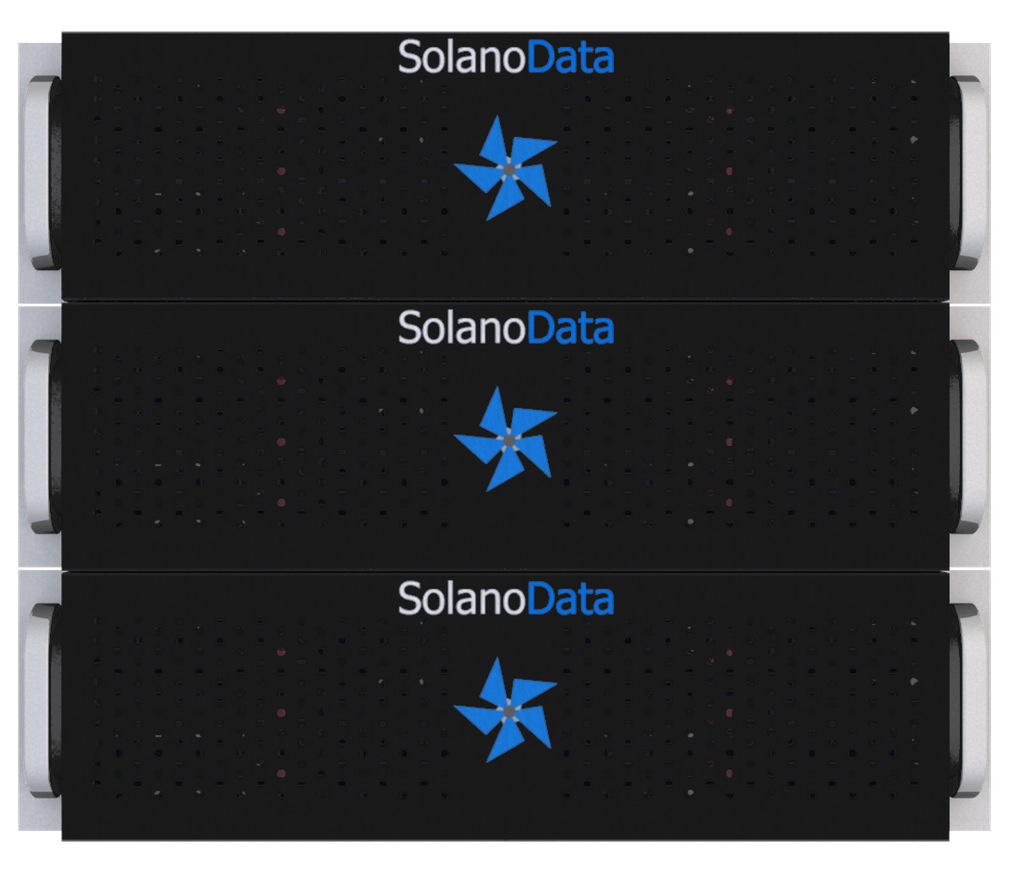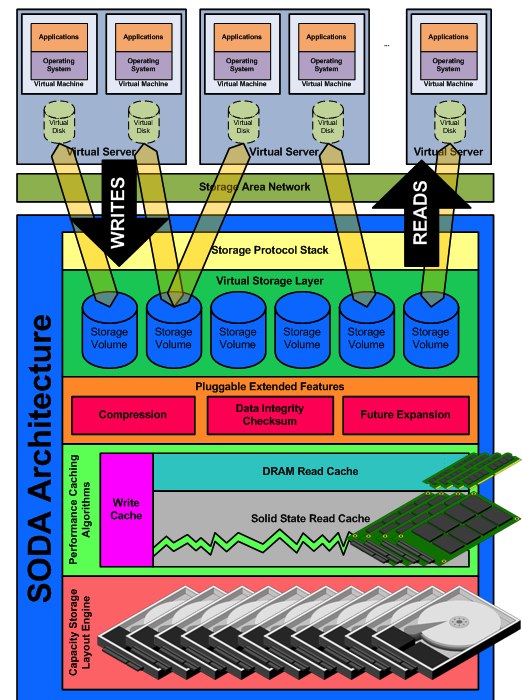4/ SolanoData
In hybrid storage and D2D backup appliances
By Jean Jacques Maleval | August 31, 2015 at 3:22 pmSolanoData, LLC went recently out of stealth mode revealing an hybrid storage appliance which provides primary storage for servers and applications, as well as an archival storage appliance used as D2D backup targets.
Douglas W Dunning is manager of the company born in 2013 and located in Vacaville, CA.
 Nicholas Schoonover, founder and head of marketing, preferred not to answer to our questions up to now. He was previously at Nimble Storage, Double-Take Software and Engage Technologies.
Nicholas Schoonover, founder and head of marketing, preferred not to answer to our questions up to now. He was previously at Nimble Storage, Double-Take Software and Engage Technologies.
More precisely, following a recent press release, the Californian start-up announced two appliances currently in a limited test release prior to general sale. They are based on company’s SODA flexible architecture without storage media dependencies, leveraging DRAM, SSDs and HDDs to maximize storage capacity and accelerate performance.
SolanoData Architecture
The appliances send daily health data to SolanoData’s cloud-based support analytics system to identify potential issues before they become problems and forecast capacity and performance growth.
“We’re bringing to market a balanced hybrid storage solution for the masses that delivers greater than 5X performance gain over legacy storage affordably,” said Schoonover in the press release.
SolanoData Hybrid Storage Array
The company states:” When data is written to a SolanoData hybrid storage array we first store the write in a POSIX compliant cache that can survive power outages. The next step compresses the data to reduce the amount of physical space required to hold the data without impacting data integrity or performance. Each block of data also has an error correction code calculated to ensure data integrity when it is later read. Finally, SODA will batch up many writes into a group and write them across the array’s HDDs. This improves write performance over legacy storage architectures by committing hundreds of blocks at a time and also reduces wear on media since it isn’t accessed as frequently.
“The final decisions made during the write process involve caching. SODA uses an algorithm that analyzes the access patterns of the data based on recency and frequency of access. If the data is considered heavily utilized, SODA will make a copy of the block in cache with the most active data being stored in the fastest DRAM-based cache and other cache-worthy data stored in the much larger SSD.
“When data is requested from the appliance, SODA first checks the DRAM and then high-performance storage caches. The data block is immediately returned if found and it’s caching relevance meta-data is updated for recency and frequency. If the data is not already in cache, then the block is retrieved from the large capacity drives. SODA will optionally read additional data surrounding the requested block and cache it if the read algorithm determines that this data might be requested in the near future. This can greatly improve performance when applications write multiple blocks at a time about the same topic. For example, a database might save a new customer record along with an associated contact information and order records at the same time; thus those blocks may get read as well when the customer record is requested.”
SolanoData Archival Storage Appliance 
Raw storage capacity of the archival storage appliance begins at 12TB. It uses compression and de-dupe. It performs backups with native tools like Windows Server Backup and SQL Server Backup; or by leveraging specialized backup tools with enhanced features like Veeam and CommVault.















 Subscribe to our free daily newsletter
Subscribe to our free daily newsletter

